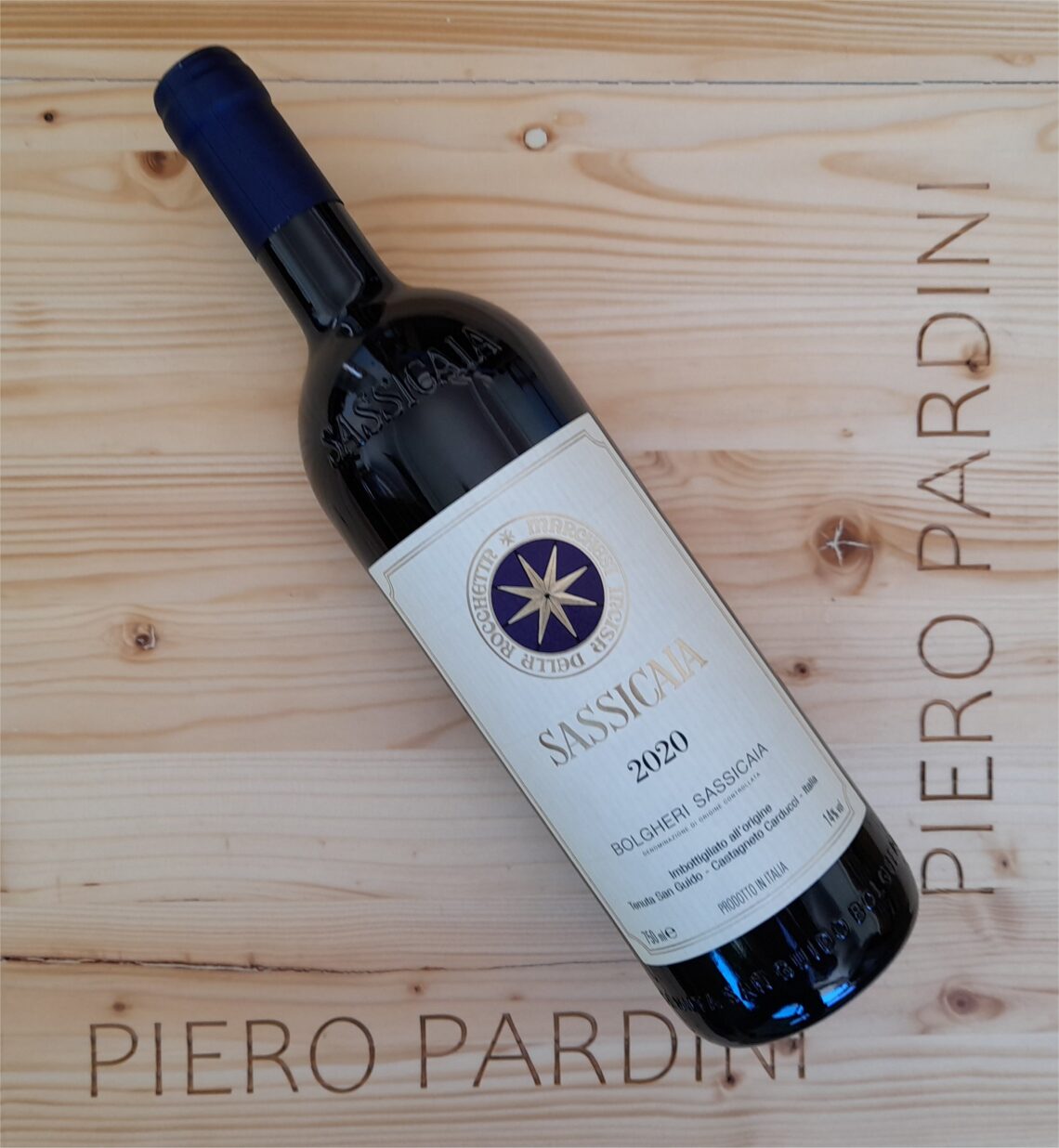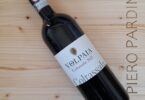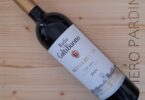Wine: Sassicaia
Variety composition: 85% Cabernet Sauvignon, 15% Cabernet Franc.
Denomination: D.O.C. Bolgheri Sassicaia (D.O.C. Sassicaia).
Alcoholic strength: 13,5% vol.
Vintage: 2020.
Land: the plots of land that are suitable for the production of this wine are included in the territorial delimitation of the DOC SASSICAIA and entirely within the boundaries of Tenuta San Guido. They show different and composite morphological characteristics, with the presence of limestone areas rich in marl, as well as stones and pebbles (from which the wine takes its name) and partially clay.
Altitude: 100-300 m a.s.l.
Exposure: West / South-West.
Training system: spurred cordon.
Vines density per hectare: from 3,600 vines / ha to 5,550 vines / ha for older plants and 6,200 vines / ha for more recent ones.
Climate trend and characteristics of the year: positive vintage, generally warm in the last phases of the growing season. The autumn was humid with abundant rains that occurred from mid-October and lasted until the end of December. Temperatures were quite mild and, at times, even above the seasonal average. Intense cold has arrived in February with temperatures that have dropped approaching 0°C. March began with strong sea winds and rains but with mild temperatures which contributed to the enlargement of the buds, especially of the early varieties such as Merlot. At the end of March, a perturbation from Russia brought about a marked drop in temperatures with north winds and even some freezing at night. This weather condition did not cause damage to the Cabernet Sauvignon vines as it is a late grape variety, while in some Cabernet Franc plants there was some gem selection, causing the vegetative development on the secondary buds. The result was a lower production per plant but a better quality and concentration of the fruit. April and May were mild with alternating sunny days and average seasonal temperatures with rainy days and cooler air. A somewhat unusual spring which did not cause damage to the vines but led them to more vegetation and production during the spring. Agronomists had to pay greater attention and planned several interventions by the agricultural workforce to reduce the exceeding production of the plants After mid-June, the climate recovered, bringing sunny and warm days that continued until harvest time, except for some interruptions with precipitations in July and in August, to the benefit of the plants. The ripening of the grapes took place about 7-8 days earlier than normal and the beautiful sunny days prompted the grapes to reach full ripeness quickly. For this reason, the harvesting operations were speeded up, to avoid over-ripening. The grapes, although with a higher sugar content, arrived in the cellar healthy and of excellent quality, with adequate phenolic ripeness. Acidity and PH of the musts were well balanced and, despite the need not to prolong the macerations too long to facilitate the arrival of the grapes in in the cellar, the extraction was optimal, giving an important structure to the musts (average extract around at 32 mg/l) as well as great freshness given by a good balance in terms of acidity.
The extraction of anthocyanins was also excellent, resulting in a perfect coloring of the musts and aromatic complexity. The sugar levels averaged 230-240 g/l for the Cabernet Sauvignon and 240/250 g/l for the Cabernet Franc and perfect analytical values. The 2020 is a beautiful vintage of Sassicaia that presents itself at a young age with a marked acidity and freshness and beautiful complexity both on the nose and in the mouth. It well identifies the style of elegance typical of Sassicaia in which the structure never dominates the elegance and flavor of the wine. The tannins, although noble and silky, require a longer period of maturation in glass compared to other previous years, but already at a young age the wine presents itself with a beautiful freshness and very harmonious.
Harvest: the manual harvest began in the first week of September with the grapes from the younger vineyards starting from the Cabernet Franc and then continued with the Cabernet Sauvignon from the vineyards located at lower altitudes, ending in the last week of September with those on the hills located over 300 meters above sea level (Vigna di Castiglioncello and Vigna del Quercione).
Winemaking notes: selection of the grapes through a sorting table, to eliminate impurities and any presence of imperfections. Soft pressing and delicate destemming of the grapes, maintaining the integrity of the berries and avoiding excessive transfer of tannins. The alcoholic fermentation (completely spontaneous and without the addition of external yeasts) was concluded by the end of October and carried out regularly and at controlled temperatures not exceeding 27-28 °C. Frequent delestages and pumping over allowed for excellent aromatic extraction and freshness in terms of acidity of the musts. The malolactic fermentations took place in steel, at the end of November. In the first week of December, after frequent decanting to clean the musts, the wine was placed in oak barriques.
Ageing: at the end of the malolactic fermentation, the wine was placed in barriques using 45% new wood, 45% first passage and 10% second passage. We used fine-grained, medium-toasted French oak barriques (Troncais, Allier and Jupilles in particular) in order not to exceed the transfer of tannins. Sassicaia 2020, after more than 25 months of aging in wood, was decanted into steel tanks and further selected before final blending and then bottling. Subsequent refinement in the bottle before release on the market.
Tasting Notes
Limpid, with an intense, almost saturated ruby red color, of good consistency.
The nose is a riot of perfumes, aromas that intertwine and complement each other in search of an olfactory harmony, present, but which will find its perfection in a few years. It is the scents of plum jam, black cherry and blackberry that are first released in the glass, followed by notes of Mediterranean scrub and its herbs, but also hints of coffee beans and nuances of spices.
The sip gives the palate its acidity, the result of its young age, accompanied by precise but still exuberant tannins. The wine is already structured, fresh and sapid.
I did not find the youth and freshness of Sassicaia 2020 in the previous vintages (2019, 2018 and 2017), although I found some similarities. The 2020 vintage has its own identity, although of already excellent quality, it will need time to be fully appreciated and then it will prove to be, in my opinion, an extraordinary vintage. A wine to drink at least once in a lifetime.
Rating

—
Other company labels in Wine Guide
—
Società Agricola C.I.T.A.I. S.p.A.
Loc. Capanne, n. 27
57022 Bolgheri – Livorno
Phone +39 0565 762003
E-mail: info@sassicaia.com
Website: www.tenutasanguido.com








